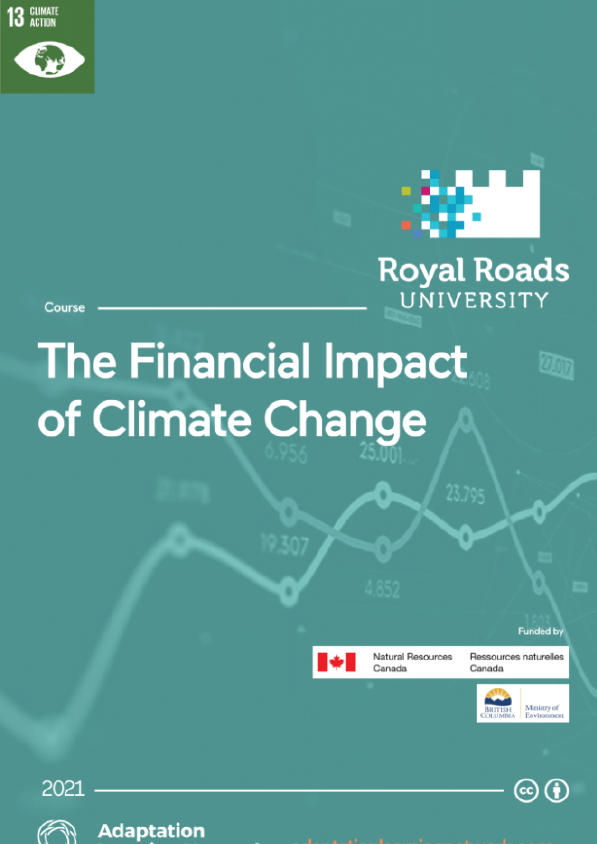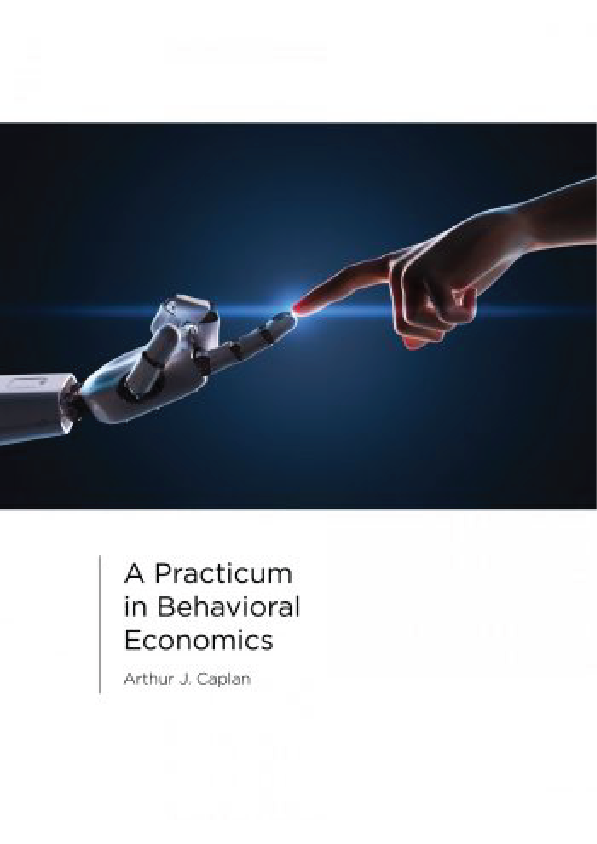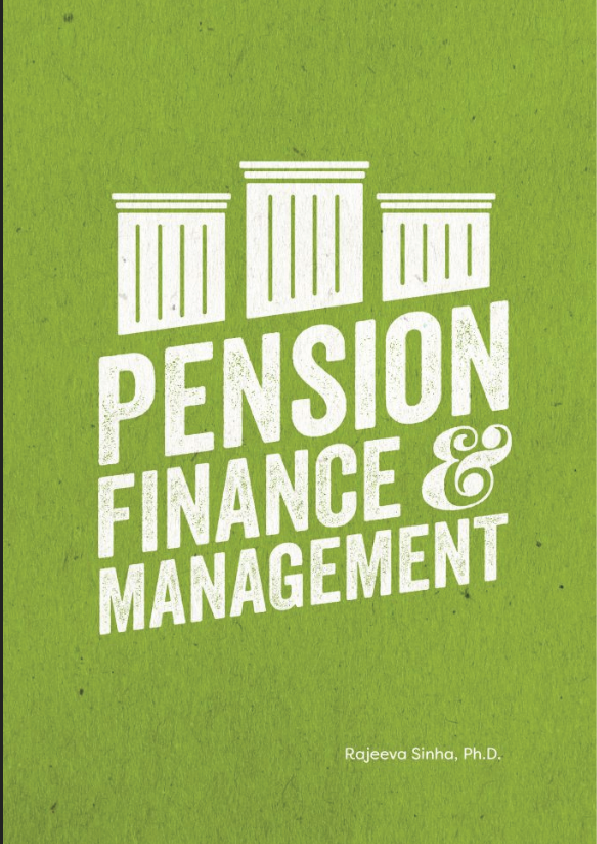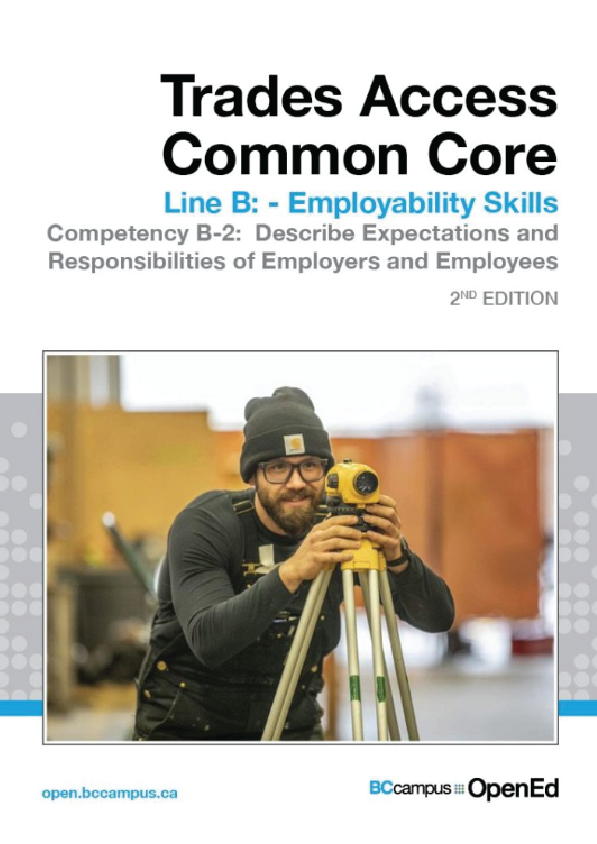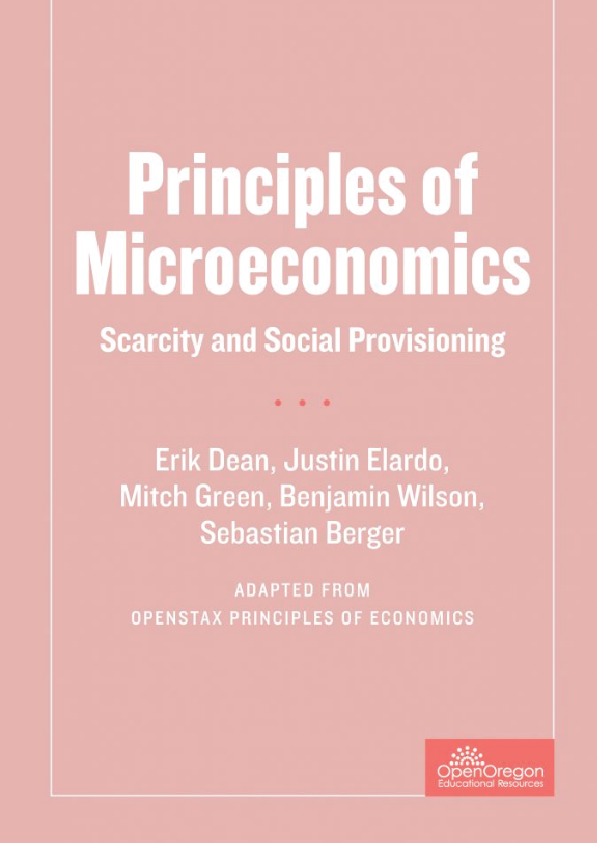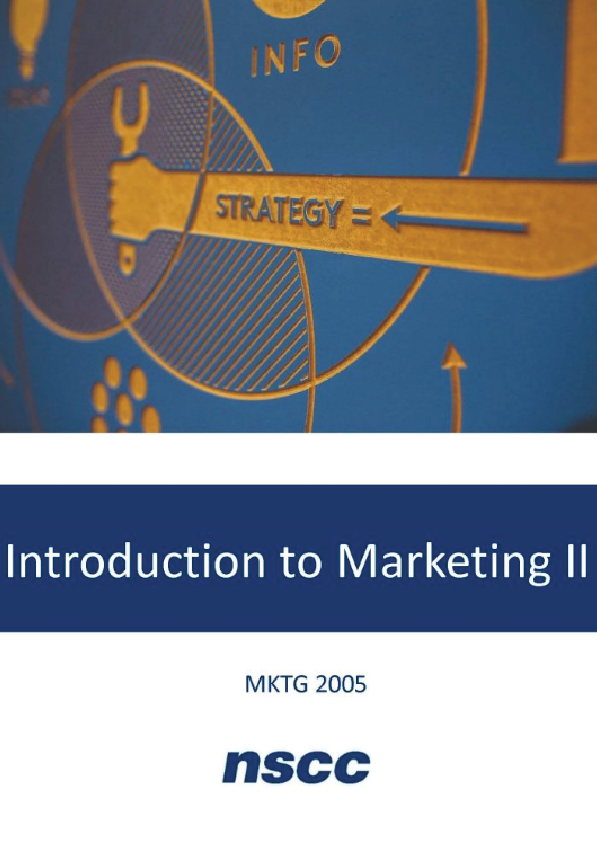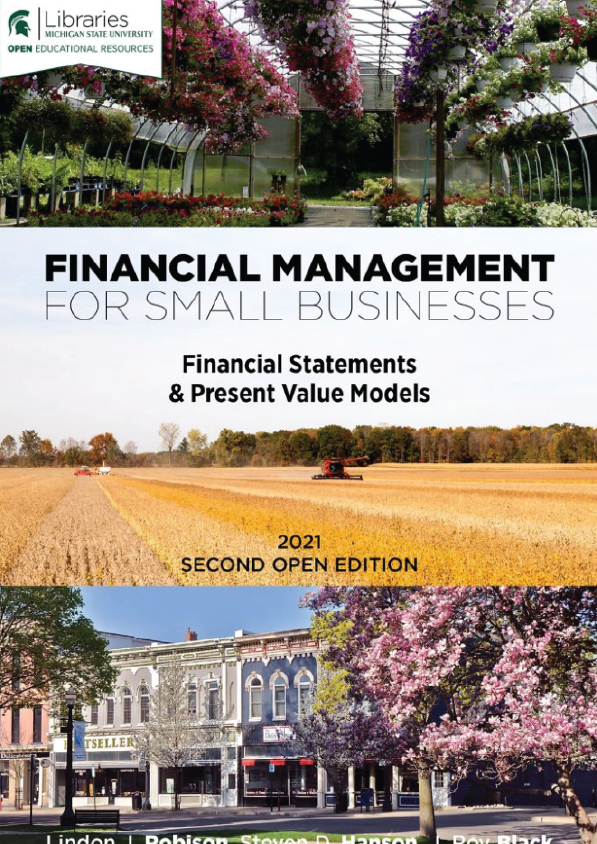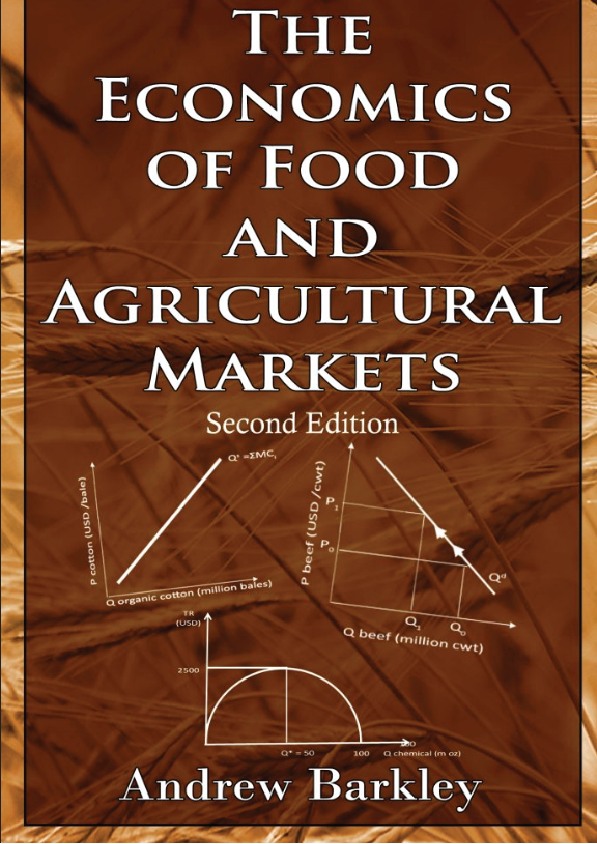Introduction
This short course introduces participants to the financial risks and impacts associated with climate change. Participants will explore a range of risk pathways that link climate and economic systems, including:
- physical risks related to direct exposure to climate hazards in the value chain;
- transition risks arising from abrupt transitions to a low-carbon economy;
- systemic risks transmitted throughout the economy;
- extreme risks arising from the complex dynamic nature of climate-economy systems.
Topics will be explored through the use of case study examples, group-based analysis and problem solving. The learning is supported by readings, videos and live, interactive online sessions. Participants are encouraged to share their own knowledge and expertise in group-based discussion forums.
Upon completion of the course, participants will have a foundational understanding of the relationship between climate change and the economy. Participants will develop their ability to identify climate-related financial risks within their own organizations—critical groundwork for effective planning and decision-making for mitigation and adaptation.
As an introductory course, this course is suited to those with limited previous experience in climate-related finance or economics. However, a basic understanding of climate science is presumed.
Module Overview
Physical risks arise when climate-related hazards (extreme weather events, wildfire, sea-level rise, etc.) interact with vulnerable human and natural systems. When those risks materialize, they can have a range of financial impacts on an organization, including (for example): direct costs for restoration and repair, lost sales revenues, declining consumer demand, and increased financing and insurance costs.
In this module, we’ll use case study examples to explore physical risks of climate change for private and public organizations in the face of a range of potential climate hazards. We’ll explore both direct physical risks (i.e., those related to an organization’s own vulnerabilities) and indirect risks (i.e., those that materialize elsewhere in an organization’s value chain, such as with its suppliers, transportation infrastructure, consumers, etc.)
Introduction
In Module 1, we’ll be exploring the first of three main pathways by which climate impacts the economy. Physical risks arise when climate and weather events interact with physical assets and infrastructure in a manner that results in either direct costs (through property damage) or indirect costs (through disruptions in business operations)
When we think about direct physical risks, we often think only of those physical assets that we own—our stores, our facilities, our inventory. However, every node in a business’s value chain—from raw materials extraction to customer sales and service—can be exposed to direct risks from climate and weather hazards.
Regardless of whether those direct risks expose our suppliers, employees, customers, or the transportation infrastructure that links us all together, the impact may very well cascade onto business operations, costs and revenue stability. These are the indirect risks arising from the value chain’s exposure to direct risk in the value.
Modeling Risk
Most small to medium sized enterprises and, indeed, many large organizations lack the resources and capacity to fully implement a catastrophe model of their own (though open-source Cat model applications are freely available to those with the courage!).
However, understanding the relationship between hazard, exposure, vulnerability and loss can still be useful when thinking about, identifying and ranking risks within any organization. You can start identifying your climate-related risks.
